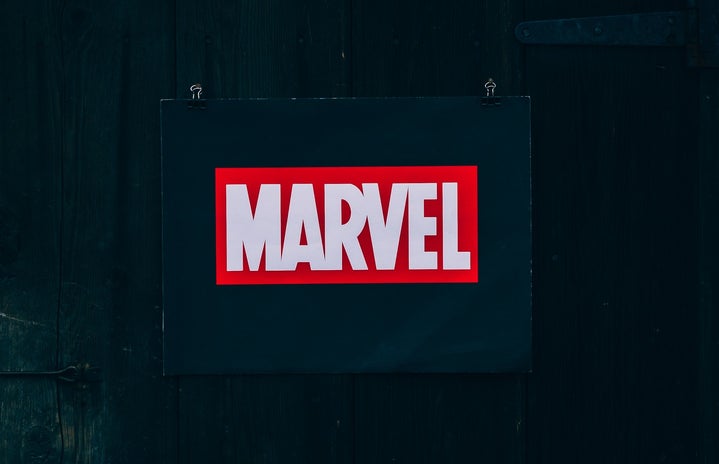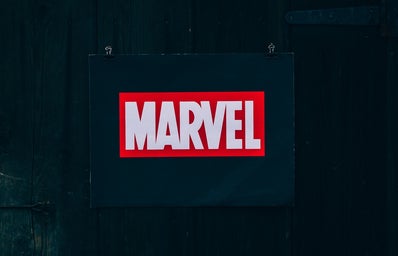On January 15th 2021, the first two episodes of Marvel’s new television series WandaVision were released. Later, a third episode followed on January 22nd. The first two episodes focused on the relationship between Wanda and Vision while setting up the show’s central mystery with classic sitcom references.
Beyond the mystery and intrigue of the show, WandaVision takes viewers through the history of American sitcoms where each episode depicts a certain decade of American television. Beginning in the 1950s, WandaVision provides a cinematic experience that is entertaining and informative. Each week I enjoy seeing the differences in clothing/hairstyle, humor, diction and camera angles throughout the decades.
In a Disney+ interview with Elizabeth Olsen, Olsen explains that for each episode she had to change the diction in her voice as women in the 1950s spoke in a high pitched voice where the 1970s were more natural. These small gestures make WandaVision a unique show that honours the history of American Sitcoms.
The first two episodes have a classic I Love Lucy, Dick Van Dyke Show, and Bewitched vibe while looking at Lucille Ball and company for inspiration. It’s in black and white, the couple has separate twin size beds, the humor and the way they address marital sex is very common to what has been depicted in the shows mentioned above. The first episode is filled with a classic sitcom plot and lifestyle –– laugh track and all. While providing scenes that question the nature of the characters’ whereabouts, the show depicts suburban life on 1950s sitcoms honourably.
In episode three, we are taken into the 1970s technicolour, where television has become colourized. Everything from the costumes, hairstyles and furniture reflects the time period. In American sitcom history, the 1970s was the beginning of diverse actors appearing in mainstream television. Compared to the first two episodes, episode three had a significant increase in people of colour, accurately representing the transition in sitcoms. Giving off big Brady Bunch vibes, director Matt Shakman states, “We wanted to be as authentic as possible – production design, cinematography, costuming, everything was about going on this deep dive and with the actors we all wanted to do the same thing. We watched a ton of old television episodes, talked about how comedy changes, you know, because it really does. The approach to comedy in the 50s, 60s, 70s is really different.” Wanda and Vision’s new house is distinctly Brady Bunch, right down to the iconic wooden staircase. Wanda’s “groovy” dress is reminiscent of some Marcia Brady fits in the later years of the show.
Episode three also shows the very rapid progression of Wanda’s pregnancy with little Billy and Tommy. Typically, television sitcoms tried not to acknowledge the existence of pregnancy until 1952 when Lucille Ball’s I Love Lucy character, Lucy Arnaz, became the most notable depiction of pregnancy on television yet. Thus the “Hide Your Pregnancy” television trope was born that has since made appearances in Friends, The Big Bang Theory and Mad Men. Throughout the third episode, Wanda is trying to hide her pregnancy by placing objects over her belly bump or wearing baggy coats. This show likely pays homage to this strange television tradition through her actions.
Overall, WandaVision is a highly entertaining sitcom so far that emphasises the changes in American sitcom history. I am excited to go back and watch all the episodes at once to gain a more comprehensive understanding of the changing landscape of American sitcoms. In the meantime, WandaVision provides an intriguing mystery that anyone can enjoy.
You can watch WandaVision on Disney+. New episodes release on Fridays.
Related Articles
- The 8 Best Netflix Shows That Actually Have Good LGBTQ Representation
- 5 Shows to Binge During the Second Lockdown
- The 5 Gossip Girl Episodes You Need to Rewatch
Want more HCW? Check us out on social media!



